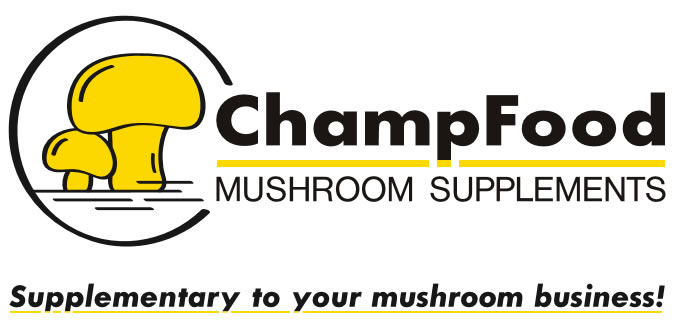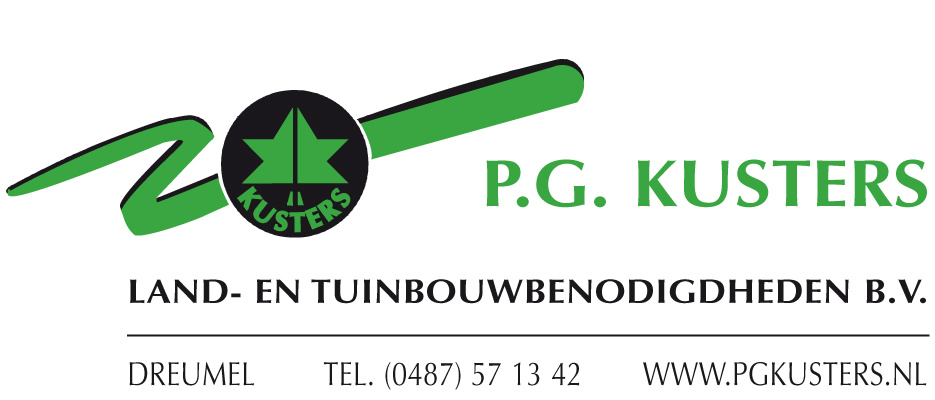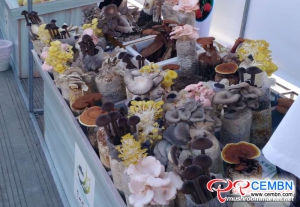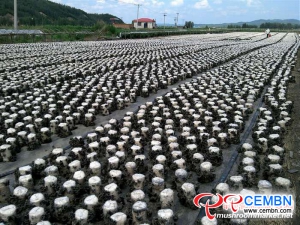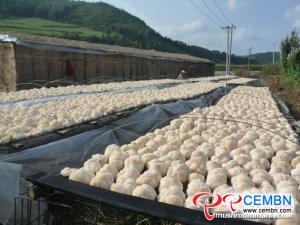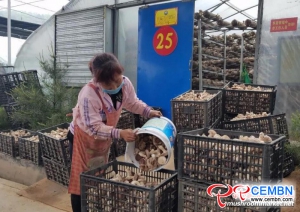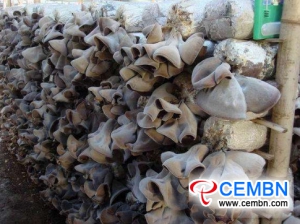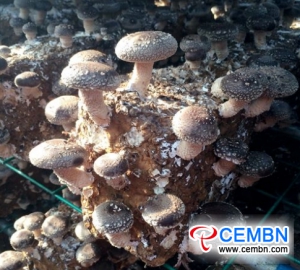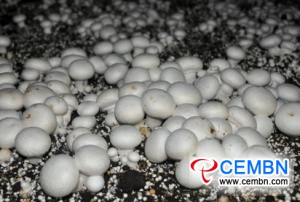
Mushroom Matter
Welcome on our platform. Why MUSHROOM MATTER? Because mushrooms play an important role in our lives as well in business. Our goal is to bring the world the very latest mushroom news with the upmost care to support the positioning of our beloved Mushroom.
Various mushrooms attract the eyeballs of foreigners
At present, Shanghai Xingxiu Specialized Mushroom Cooperative is greeting a group of foreign tourists.
Located in Shanyang Town, Jinshan District of Shanghai City, Shanghai Xingxiu Specialized Mushroom Cooperative is a demonstration base of new variety managed by Shanghai Academy of Agricultural Sciences. Now, it absorbs 72 greenhouses, of which standardized greenhouses account for 24. Besides, the cooperative specially engages in mushroom cultivation that highlights above 20 varieties and it is indeed “The Heaven of Mushroom” which sets production of fresh mushroom, processing and marketing, picking and tourism into one.
Shanghai Xingxiu Specialized Mushroom Cooperative provides all sorts of strain, sticks, dried and fresh mushrooms throughout the year, products are sold well in Japan, Europe and America, Australia and other oversea nations.
Heilongjiang Province of China: Black fungus industry leads the internationalized trend
This vigorous April indicates the busy spring farming time in Heilongjiang Province of China.
Now, in Sandao Mushroom Cooperative which situates in Shangzhi City, Harbin, Heilongjiang Province of China, Black fungi are showing desirable growth trend, after a few days, they are going to enter into the markets of France, Australia, America and Canada. By 2018, the estimated annual output capacity on Black fungus reaches 50 million bags.
As China’s main production region of Black fungus, Heilongjiang Province accounts for 50% of China’s gross Black fungus output. Within the province, Shangzhi City is the area that initially debuts artificial Black fungus cultivation.
With the advantageous conditions of large diurnal temperature variation, clear spring water and superior water quality, organic Black fungi produced in Shangzhi city are preferred by customers by virtues of thick texture and abundant nutrition.
Over the years, Shangzhi City keeps on introducing internationally-advanced technology and equipment on establishment of greenhouses which are controllable on aspect of temperature, humidity, illumination and ventilation. Besides, the city persists in touching in line with international markets on required variety, packaging and label of manufacturing enterprise. In 2014, Shangzhi City was approved as National Geographic Mark Certification of Black Fungus.
In recent years, mushroom industry has been grasped as one of four pillar industries which promote farmers to generate revenues in Mudanjiang City, Heilongjiang Province of China. Now, the city has become China’s largest production and marketing region of Black fungus.
Last year, gross capacity of mushroom cultivation attained 4.3 billion bags and per capita pure incomes came to 3500 CNY within the city.
“Black fungus and Monkey head mushroom are characteristic agricultural products in Northeast China. Over the years, along with the acceleration of structural adjustment on crop farming, output of Black fungus has been increased year by year in all regions within Heilongjiang Province,” introduces Supply and Marketing Cooperative of Mudanjiang City warmly, adding that in case that sales markets are restricted to Northeast China, OVERSUPPLY is easy to come by.
This year, in order to reverse the situation which emphasizes large quantity and low price, Mudanjiang City vigorously promotes Facility Agriculture, guides farmers and specialized cooperatives to realize greenhouse-mode and garden-mode mushroom production. To analyze on actual situation, market price of greenhouse-mode Black fungus could be lifted by 1- CNY compared with field-mode one. Besides, anti-season production could be achieved on Monkey head mushroom while products are superior in quality and high in price.
According to investigation from related department, in 2017, rate of mushroom processing only reached 8% in Mudanjiang City.
Compared with the retail price of 60 CNY per kg in northeast market, the present market price on superior Black fungus reaches 100 CNY per kg in Guangdong Province while export price to Korea is doubled to 120 CNY per kg.
Pulling nets for the mushroom Industry
Interesting movie on Ten Cate Nicolon pulling nets for the Mushroom Industry.
Mushroom cultivation pioneers a booming future
In 2008, Mr. Zhang grasped at good opportunities and established mushroom greenhouse. After 10 years of development, annual output on Button, Shiitake and Oyster mushroom comes to over 700 tons, annual pure profits reach at least 300,000 CNY. Besides, Tianzhuxin Agricultural and Sideline Products Cooperative created by him has begun to take shape. Next step, he intends to actively lead surrounding masses to launch into mushroom industry and grow affluent.


